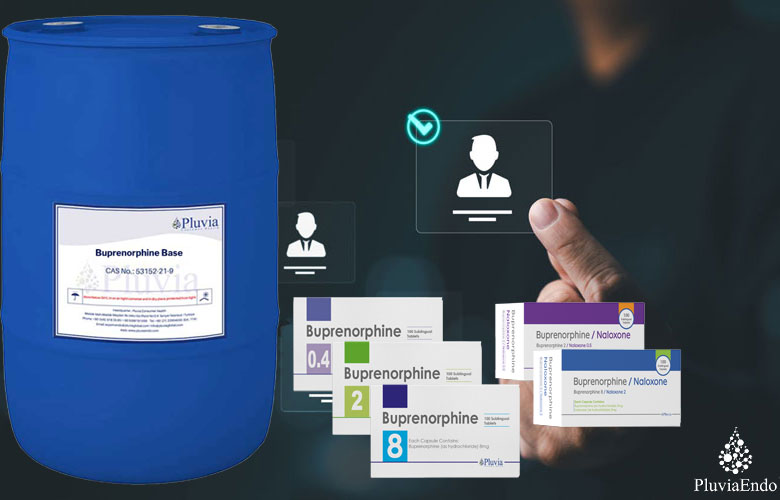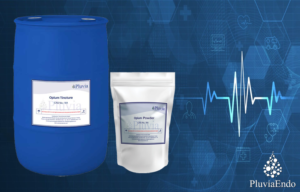Buprenorphine has gained recognition as a versatile medication for managing both chronic pain and opioid use disorder (OUD). Its unique pharmacological properties, particularly as a partial agonist at the mu-opioid receptor, make it an attractive option for various populations, including the elderly, pregnant women, and those with hepatic or renal impairments. This blog post will explore the different buprenorphine formulations available and their implications for special populations, highlighting clinical efficacy, safety considerations, and recommendations from recent studies.
Overview of Buprenorphine Formulations
Buprenorphine is classified as a Schedule III opioid due to its lower potential for abuse compared to traditional opioids. Its mechanism of action involves binding to multiple opioid receptors: it acts as a partial agonist at the mu receptor, an inverse agonist at the kappa receptor, and an antagonist at the delta receptor. This unique profile not only provides effective analgesia but also limits some of the adverse effects commonly associated with full agonists, such as respiratory depression and constipation.
The formulations of buprenorphine of Pluvia Endo include:
FDFs:
- Sublingual tablets:
- Combined Tablets
APIs:
Intermediates:
- N-Methylnorbuprenorphine 3-methyl ether
- (5R,6R,7S,9R,13S,14S,20S)-17-Cyclopropylmethyl-α-(1,1-dimethylethyl)-4,5-epoxy-18,19-dihydro-3,6-dimethoxy-α-methyl-6,14-ethanomorphinan-7-methanol
Pluvia Endo is a leading manufacturer specializing in active pharmaceutical ingredients (API) and finished dosage forms (FDFs) of buprenorphine. With a commitment to quality and innovation, Pluvia Endo plays a crucial role in ensuring that healthcare providers have access to reliable buprenorphine products tailored for various therapeutic needs. Their extensive portfolio includes multiple formulations designed to meet the diverse requirements of patients while adhering to stringent regulatory standards. By focusing on both efficacy and safety, Pluvia Endo contributes significantly to advancing treatment options for chronic pain management and opioid dependence.
These Buprenorphine formulations cater to different needs, allowing healthcare providers to tailor treatment based on individual patient circumstances.
Buprenorphine Formulations in Special Populations
1. Elderly Patients
Elderly patients often present unique challenges in pain management due to polypharmacy and increased sensitivity to medications. Studies suggest that buprenorphine can be safely used in older adults, providing effective pain relief with a lower risk of adverse effects compared to traditional opioids.
The transdermal patch formulation offers a convenient option for this population, minimizing the need for frequent dosing and reducing the risk of misuse. Furthermore, buprenorphine’s ceiling effect on respiratory depression makes it a safer alternative for elderly patients who may be at higher risk for opioid-related complications.
2. Pregnant Women
The use of buprenorphine during pregnancy has been a topic of considerable interest. It is crucial to balance the risks of opioid dependence in infants against the need for effective pain management or OUD treatment in pregnant women. Research indicates that buprenorphine can be used safely during pregnancy, with lower risks of neonatal withdrawal syndrome compared to full agonist opioids.
The sublingual formulation is commonly used in this population due to its ease of administration and established safety profile. However, healthcare providers must monitor both maternal and fetal health closely throughout treatment.
3. Patients with Hepatic Impairment
Patients with hepatic impairment face challenges when treated with opioids due to altered drug metabolism. Buprenorphine is metabolized primarily in the liver, raising concerns about its use in patients with liver dysfunction. However, studies have shown that buprenorphine can be administered safely in patients with mild to moderate hepatic impairment.
In such cases, careful dose adjustments are necessary to avoid accumulation and potential toxicity. The transdermal patch may be particularly beneficial as it bypasses first-pass metabolism, allowing for more predictable pharmacokinetics.
4. Patients with Renal Impairment
Similar considerations apply to patients with renal impairment. While the kidneys do not significantly excrete buprenorphine, caution is advised when prescribing it to patients with severe renal dysfunction. Clinical guidelines recommend monitoring these patients closely and adjusting dosages as needed.
Clinical Efficacy of Buprenorphine Formulations
Recent reviews emphasize the importance of understanding the safety and efficacy of buprenorphine formulations across different populations. While buprenorphine is generally well-tolerated, potential side effects such as sedation and dizziness must be monitored closely, especially in vulnerable populations like the elderly or those with comorbid conditions.
Moreover, healthcare providers should consider individual patient factors such as concurrent medications and overall health status when prescribing buprenorphine. The use of combination formulations that include naloxone can help mitigate risks associated with misuse while providing effective treatment for OUD.
Recommendations from Clinical Guidelines
Organizations like the US Departments of Defense and Veterans Affairs have added buprenorphine to clinical practice guidelines as a first-line treatment for chronic pain, underscoring its growing acceptance in pain management. These guidelines advocate for its use in special populations while emphasizing the need for ongoing research into its long-term effects and efficacy.
Conclusion
Buprenorphine formulations offer a promising approach to managing chronic pain and opioid use disorder across diverse patient populations. Its unique pharmacological properties reduce risks associated with traditional opioids while providing effective analgesia. As healthcare providers continue to navigate the complexities of treating special populations, understanding the nuances of buprenorphine formulations will be essential in optimizing patient outcomes.
In summary, buprenorphine represents a vital tool in modern medicine’s arsenal against chronic pain and opioid dependence. Its various formulations cater effectively to special populations while minimizing risks associated with traditional opioid therapies. As research continues to evolve, so too will our understanding of how best to utilize this important medication across diverse patient groups.







